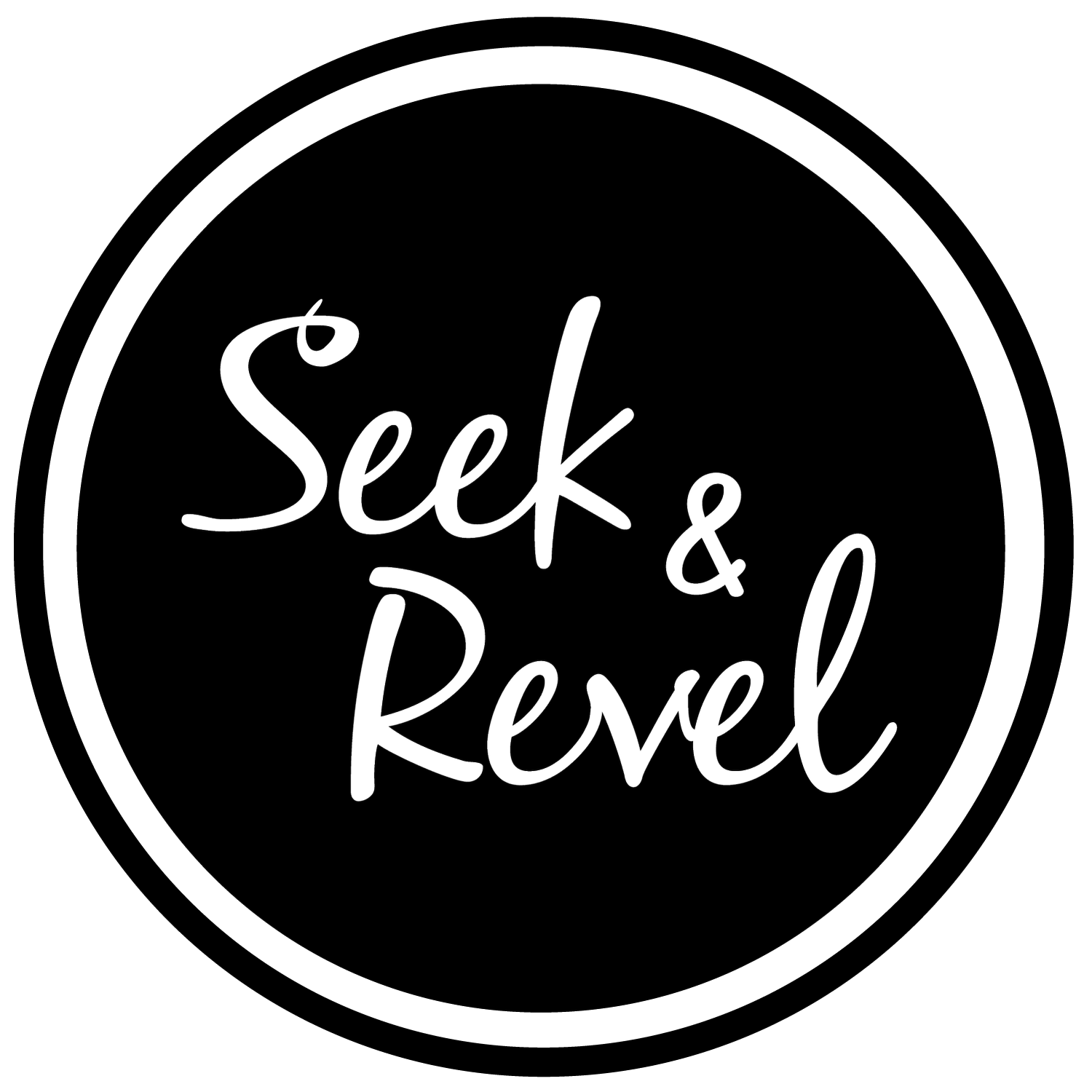Pros & Cons of Formal and Self-Study Language Learning
Formal Classes
We’re all familiar with these classes, the biggest one being our own native languages. However, maybe you also attended a school with a foreign language requirement: Spanish, Japanese, French, ASL, or Chinese. Though dreadful at the beginning, usually 4 weeks into the class, you started enjoying it right?
I did! I studied Spanish and ASL by this method. I found myself enjoying guided conversations and learning about a new culture. My perspective was expanding and I was giving myself opportunities to know more people. Of course, the midterms, recorded presentations, and one-on-one final oral exams were taxing, but they were used as motivation to try your very best until the end. Hopefully, the experience was and will be the same for you.
Before you sign-up for this style of learning, let’s discuss the pros and cons!
Pros
Structure! Your syllabus is somewhat set in stone with dates for lessons, quizzes, exams, and presentations
Classmates = Study Buddies: you can practice your speaking skills and bond over confusing grammar rules
Feedback from your knowing professor
Predominantly speaking in the target language
Cons
Expensive. Depending on if you’re in HS, college, or a private language school the costs can vary from plan to plan. (Semester, set hours, multiple courses)
Class pace is not adjustable to your own learning abilities
Lack of Vocabulary, Emphasis on Grammar, classes tend to give random boxes of vocab without context or relation to each other
Boring, sometimes the classes get repetitive and the content is uninteresting
Self Study
My beloved! I’ve been on my self-study journey since June 2019; when I started learning 한국말 (Korean). Though there are many trials and tribulations with this style of learning, I sing praises.
Self-studying truly allows you the opportunity to get to know yourself better. How disciplined are you? What drives you? You mold your learning style, set your own goals, and assess them as needed.
With this style of learning, you set the pace, you adjust your schedule and you can immerse yourself in the language and culture in various ways: travel, books, dramas, news, language apps, exchange partners, varieties, and food.
With that being said; these are the pros and the cons.
Cons
Self-paced; If you lack discipline this may be your downfall.
Lack of structure. When learning a new language it’s hard to know what to begin with and where to go after that.
Have to recognize and correct your own mistakes. (Unless you use language apps/italki lessons)
No consequences; no grades to worry about, no deadlines to light a 🔥 under your butt
Overloading -> burn out -> less motivation/poor coping skills = likely to give up
Pros
Self-Paced: create your lesson plan; set monthly, quarterly, and yearly learning goals
Adjust priorities: 50% speaking, 25% grammar, 25% comprehension
1000+ ways to learn. (as mentioned above)
Variety of online content to help you explore and form your style of learning
Work off of your own interest. You know what you want to speak about, what sparks your curiosity.
Build all your skills. You can make sure to get immersion, culture, grammar, and vocabulary.
In the end, I hope you choose the best method suitable for you and that you begin your language learning adventure. If you like blog-post like this be sure to let me know. Thanks for reading, see you next time! ♡
“If you talk to a man in a language he understands, that goes to his head. If you talk to him in his own language, that goes to his heart.”
